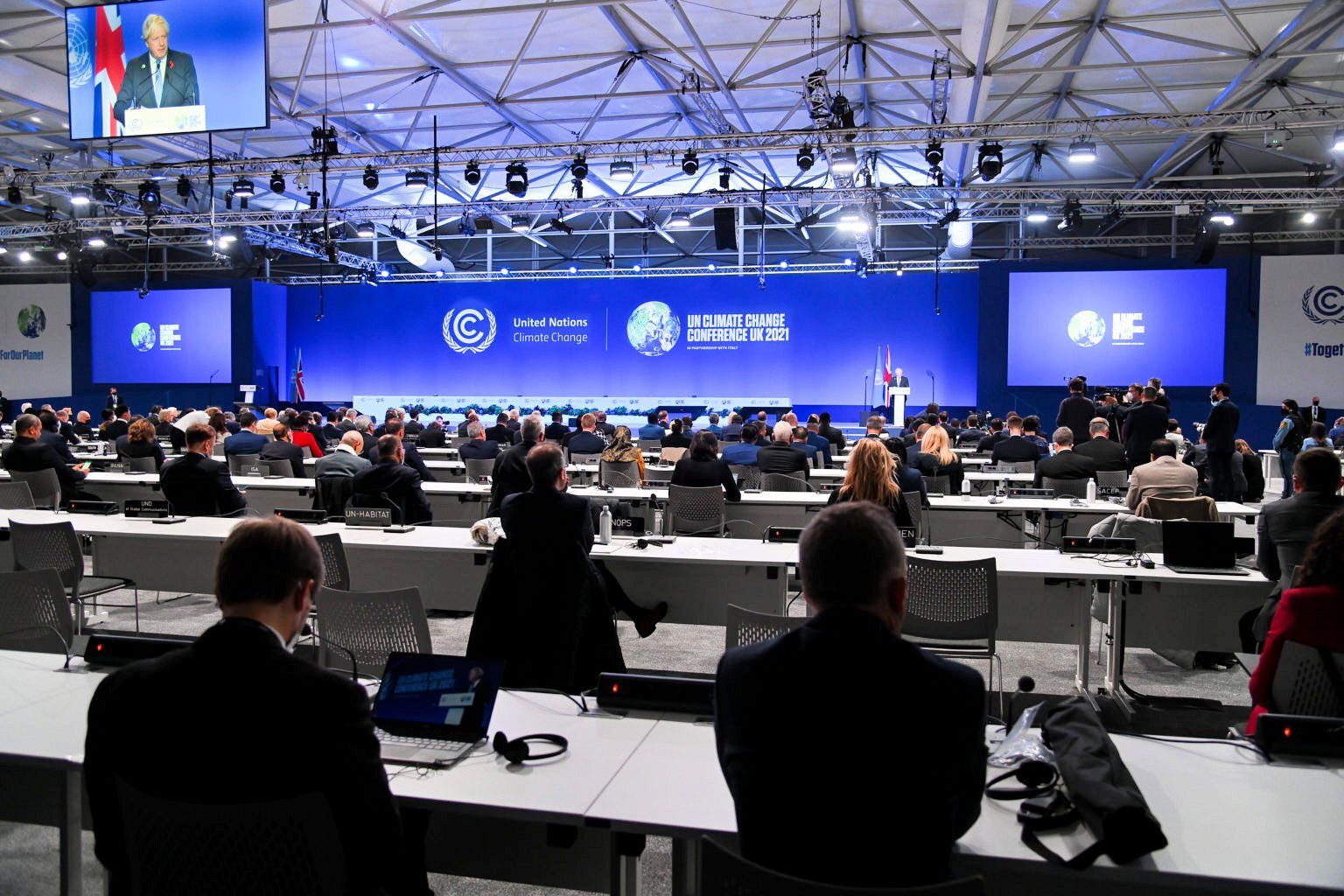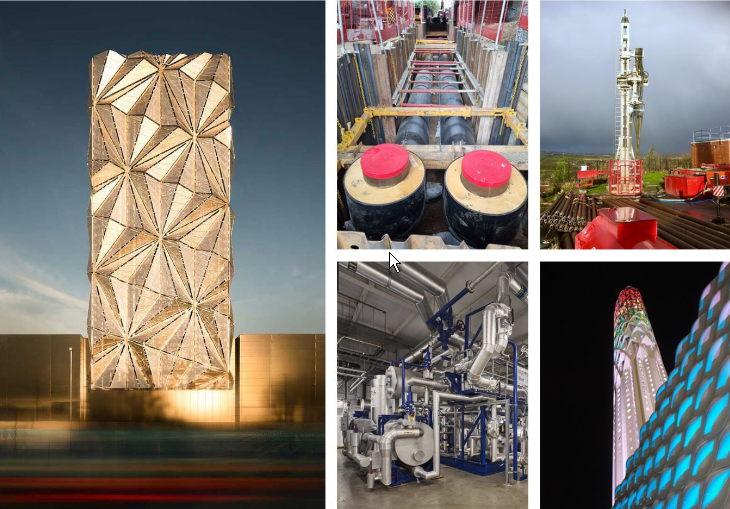Retrofitting or Conservation?
Time for a new paradigm?

Retrofitting or extensively upgrading our houses is really about saving the planet. The UK is legally bound to a target (Climate Act 2008) to reduce carbon emissions by 80% of 1990 levels by 2050. And heating buildings is 30% of the emissions total. That means every single house has to improve by something like 25%. Or, more likely, many are going to have to be very energy efficient.
There's already a standard that goes beyond the current standard, PAS 2035, called EnerPHit, based on the ultimate low-energy building standard, Passivhaus. It can mean efficency that is so good that central heating is not required at all.
But with conservation planning inspectors resisting the use of triple glazing and arguing for more modest approaches, there's a growing tension between conservation and retrofitting that will probably intensify as the climate emergency becomes ever more desperate. While there's no doubt retrofitting has to be not just 'fabric-first' but 'whole life costed'. It's also not an excuse to rebound and have higher indoor temperatures. It's also true that hanging onto the past unreasonably could cost us a planet out of control.
There already is much debate amongst professionals, but the real problem is that Building Conservation is used politically to avoid assistance with Energy Conservation, especially amongst those who need it most. There is now no short term solution, because the over-arching solution couldn't be much more important and necessarily long term. Ultimately there can only be conservation of a way of life that doesn't endanger the planet and that, probably, is a paradigm shift.
To reach net zero, according to the research programme
UK Fires, we need to -
- install 1 million heat pumps/year by 2028
- retrofit 35% of homes with no loft insulation by 2030
- retrofit 30% of homes with no cavity insulation by 2030
- retrofit 30% of solid wall homes by 2030
- retrofit all non-commercial buildings to EPC rating A by 2030
- retrofit all rented homes to EPC rating A by 2030
- ban all gas boilers from 2028
- subsidise heat pump installations
- subsidise low-income household retrofits
- introduce tax incentives for deep energy retrofits.
(Minus 45 report, section 2.4 Space and water heating)
Beyond 2030, heating in all homes is decarbonised by 2040 and all homes retrofitted to PassivHaus standard.
There's a good guide to retrofitting your home available here.
Comment
Energy Saving and Conservation are not mutually exclusive. There are many ways an older building can be sympathetically improved notably by sealing drafts, providing secondary glazing and improving insulation - without destroying traditional windows to put in triple glazing, which will only give a couple of EPC SAP points improvement out of 100(Energy Performance Certificate Standard Assessment Procedure).
We were a wool town, so perhaps can give wool and other natural materials a prominence in the insulation proposals, extending the project to be a demonstrator for good traditional insulation practice in older buildings. There are local experts. Wool is a good insulator used for thousands of years. Straw and wood fibre is also good.
In connection with energy improvement - the Department for Energy & Climate Change (DECC) defines ‘older, traditional vulnerable buildings’ fabric (likely to include most buildings constructed prior to 1919) as buildings which are constructed in a way that special care is required to ensure that improvements do not result in damage to or deterioration of the building.
The aim from ‘PAS 2035:2019 – Specification for the energy retrofit of domestic buildings’ which is the latest for energy improvement works - for older buildings (pre 1919) should be to improve energy efficiency as far as is practicable, ‘by sympathetic means without prejudicing the nature and historic value of the buildings’ of which traditionally constructed windows and wall/roof finishes and details are important. Also maintaining or restoring breathability, using lime mortar plaster and washes inside and out, and breathable insulation, so that buildings deal with moisture in a traditional way - which is actually good – absorbing moisture when there is surface condensation or rain then allowing it to evaporate later, protecting the lime mortars within. The right detailing is very important, including well designed ventilation, possibly with heat exchange. Specific qualifications and/or training are now required with respect to energy improvement works in older buildings with this aim, particularly if grant funding is involved.
Getting all properties to an EPC A100 by 2030 is not realistic, although a laudable aspiration. Recent new houses generally only reach B 82-86 although this will improve with the latest Building Regulations. With fuel price increases, whole house heating will probably not be realistic in the future, but we lived perfectly well in the past with just one room heated.
With respect to glazing, from trials in an EPC Program for a typical dwelling, double glazing typically gives only 1 extra SAP point (out of 100) over single glazing while triple gives 2. Secondary in conjunction with sealing air gaps can give 3 points over single so can be the best option as well as being the least intrusive. Conversely solar electricity panels, which can be unobtrusive on shed roofs, can give 10-15 SAP points improvement.
There is good information in various locations on the Heating Bildeston website.
After all we are just custodians of a very special place.
There's a detailed look at EPC ratings by Historic England
here





